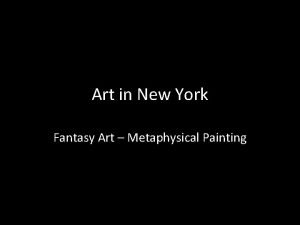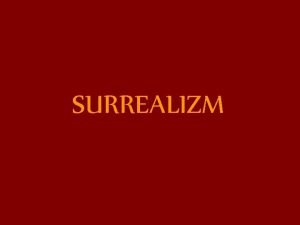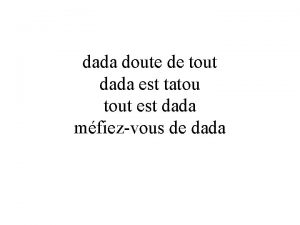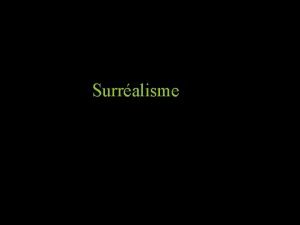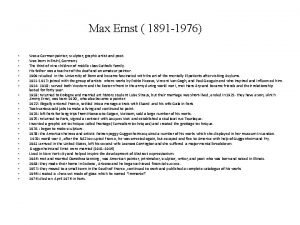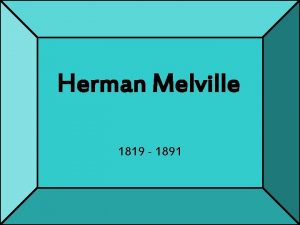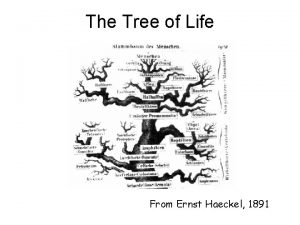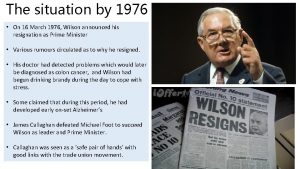MAX ERNST GERMAN 1891 1976 MAX ERNST Emerged








- Slides: 8

MAX ERNST GERMAN (1891 -1976)

MAX ERNST Emerged from WWI deeply traumatized and critical of European culture. Member of both the Dada and Surrealist groups One of the first to pursue Freud’s dream theories in his artmaking

THE ELEPHANT CELEBES 1921 Oil Painting Early surrealist work derived from early collage work. But was developed without sketches and planning, appearing spontaneously on the canvas. • The Elephant Celebes

TWO CHILDREN ARE THREATENED BY A NIGHTINGALE 1924 A dream created into a work of art. Ernst talked about how the hallucinations he had measles as one of the events that impacted his art making. . When he was better, he developed a method of staring at objects and letting his imagination take over

• 1909 Ernst went to University of Bonn • 1912 visited the Sonderbund exhibition and was exposed to Picasso, Gauguin, Van Gogh • 1914 met Hans Arp in Cologne. • Served in the army 1914 -1919 • After the war met Paul Klee and Giorgio de Chirico and produced his first collages. • Moved to France in 1921 • Invented frottage in 1925

FOREST AND DOVE 1927 Painting using Frottage Depicts a nocturnal scene of bizarre abstract trees with a small drawing of a dove.

THE WOOD 1927 An example of Ernst’s use of grattage a technique where layers of paint were applied to the canvas and then pressed against stamped metal and a rough plank and scraped.

• Fled to America during WWII with the help of Peggy Guggenheim whom he married later that year. • 1946 married artist Dorothea Tanning and moved to AZ • Published Beyond Painting and began to achieve financial success • 1950 s moved back to France • 1954 awarded the Grand Prize for painting at the Venice Biennale.

